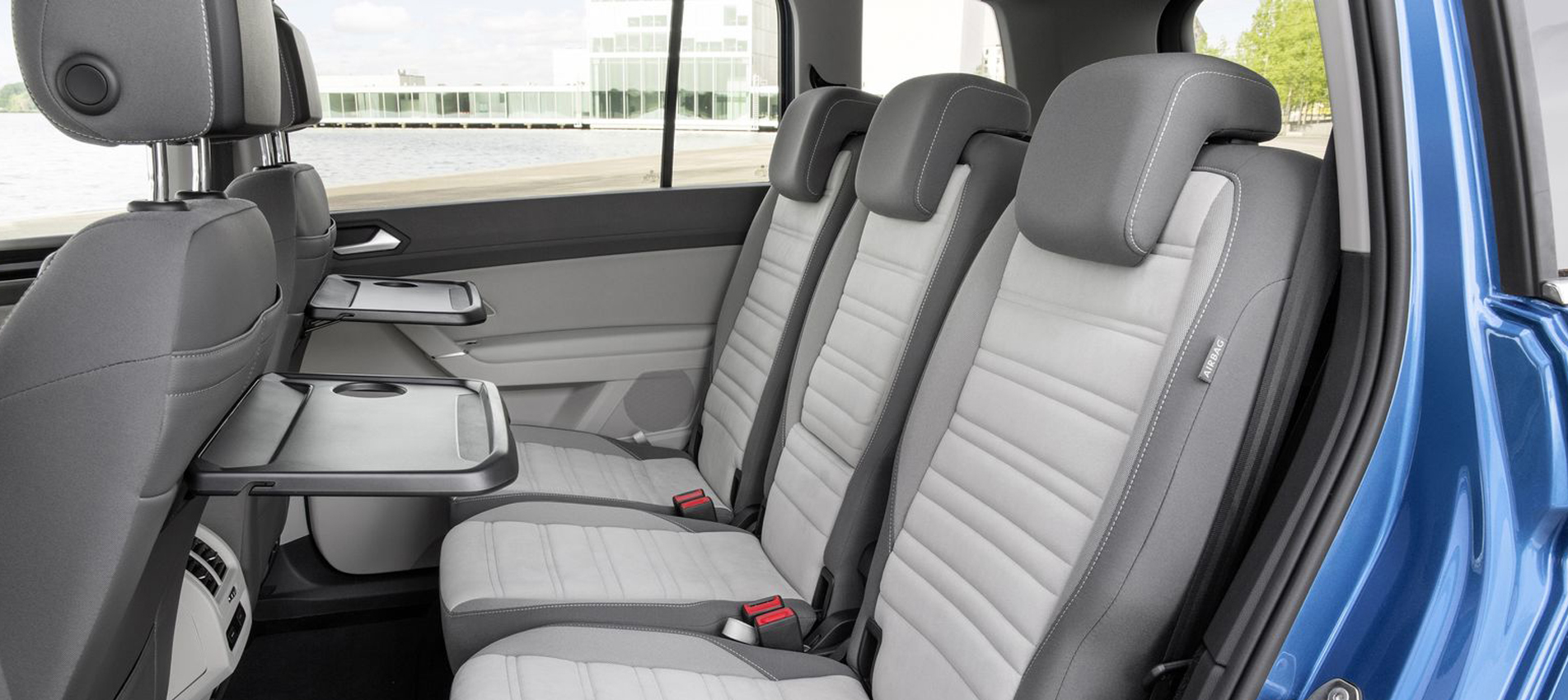Chefchaouen en
The City of Chefchaouene
Location, demographics and climate. The city of Chefchaouen also called Chechaouene or Chechaouen, Chaouen in French, Xauen in Spanish, is a city located in the north of the Kingdom of Morocco in the Rif mountain range (https://goo.gl/maps/zYSTmEgQKbgZwU6r8).
The town of Chefchaouen has 42,786 inhabitants.
The city has a warm temperate climate. The average temperature is 16.6 °C. It records an average annual rainfall of 880 mm.
History. The town of Chefchaouen was founded by the warrior Abu Youma in 1471. It is Sīdī ʿAlī ʿAlī ibn Rashīd who then moved it to its current location at the foot of Mount El-Chaouen. Chefchaouen dominated the trade route between Fez and Tetouan. Being a small town located in a landlocked area and difficult to access, it was long used to repel the Portuguese and other invasion attempts. It is indeed located in a fertile valley with many rivers that have their sources in the surrounding mountains and which easily allow the supply of water in case of siege of the city. During the Spanish Reconquista, the town of Chefchaouen was a popular destination for Moors and Jews expelled from Spain during the 15th and 17th centuries. It was during this period that the town grew considerably and prospered. For a long time, the city was closed to non-Muslim visitors, partly because of the strong anti-Christian resentment among the refugees who had settled there. The city was also occupied by the Spanish in 1920. Abdel Krim succeeded in driving the Spaniards out of the city from 1924 to 1926, but the Spaniards reclaimed it in September 1926. They returned it to the Kingdom of Morocco in 1956.
Tourist places. The town of Chefchaouen is famous for the different shades of blue that decorate its buildings. Among the most recommended tourist places, we distinguish mainly: Errif Andalus District, Majzen Square, the main square Uta el Hamman, Alcazaba, the former Fondak Chfichu prison, Zaouia Kadiria, the Mellah or Jewish district, Es Sueca District, Jaracin or the cobblers’ district, Sidi Buhansa mosque, the old souk, Huata Square, the Suk mosque, Kénitra Square, El Onsar District, the Ras el Ma fountain, El Rif Sebbanin District, Sebbanin Square and Sidi Ahmed el Ouafi Avenue.
